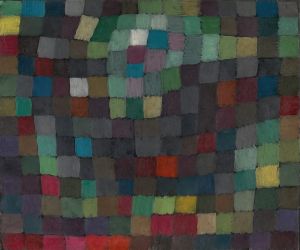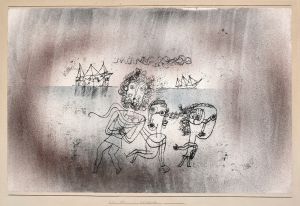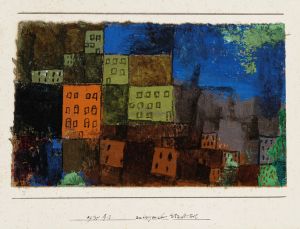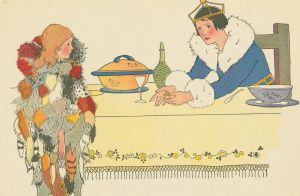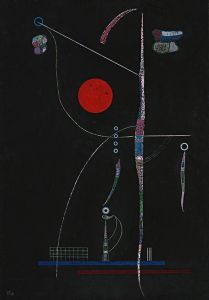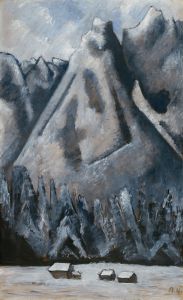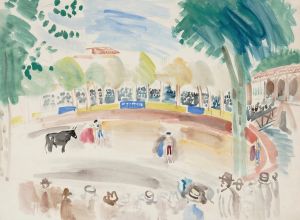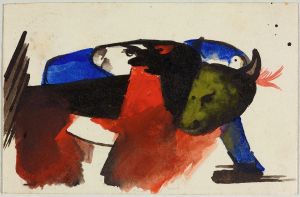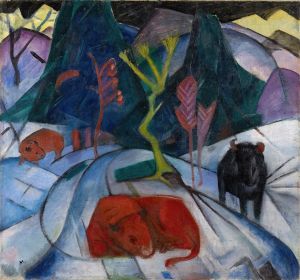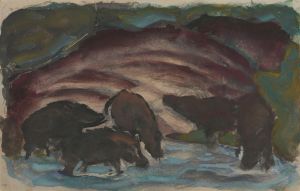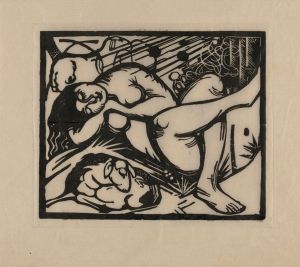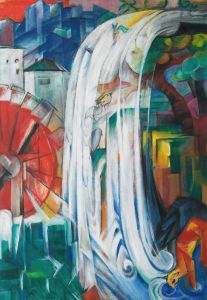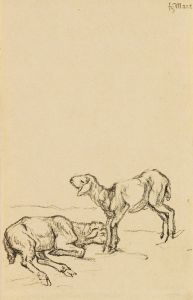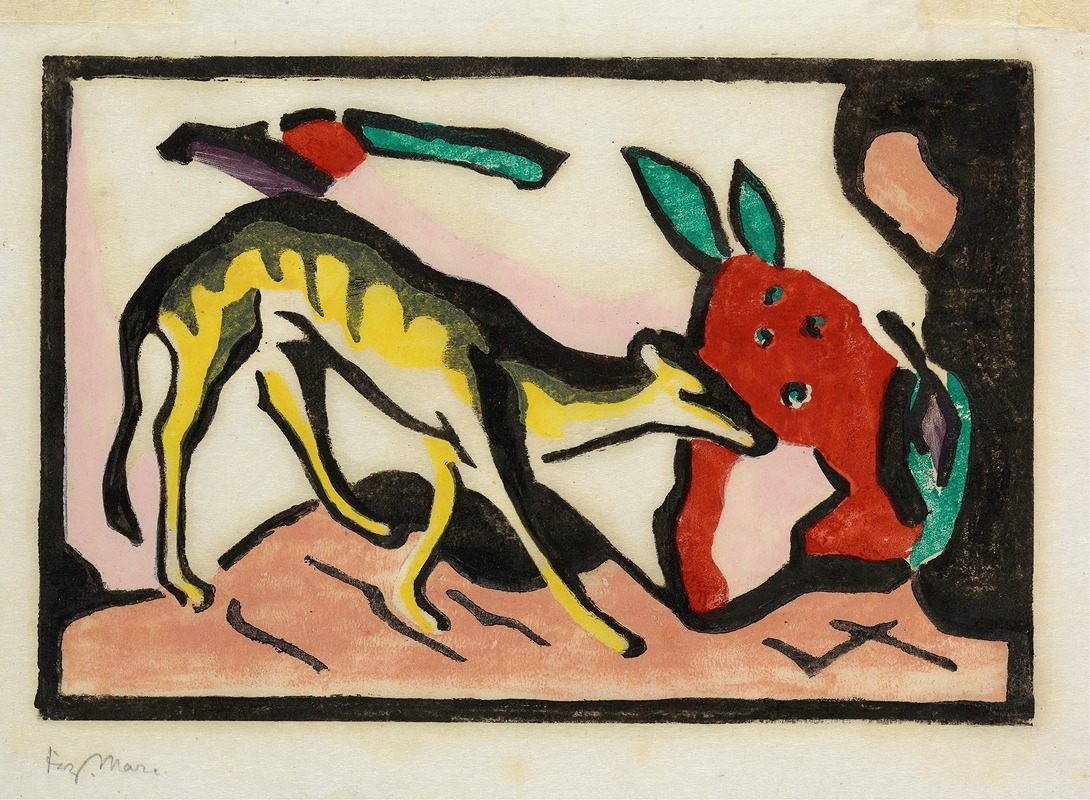
Fabeltier
A hand-painted replica of Franz Marc’s masterpiece Fabeltier, meticulously crafted by professional artists to capture the true essence of the original. Each piece is created with museum-quality canvas and rare mineral pigments, carefully painted by experienced artists with delicate brushstrokes and rich, layered colors to perfectly recreate the texture of the original artwork. Unlike machine-printed reproductions, this hand-painted version brings the painting to life, infused with the artist’s emotions and skill in every stroke. Whether for personal collection or home decoration, it instantly elevates the artistic atmosphere of any space.
Franz Marc, a prominent German painter and printmaker, is best known for his vivid and emotive depictions of animals. He was a key figure in the German Expressionist movement and a founding member of Der Blaue Reiter (The Blue Rider), an influential group of artists that sought to express spiritual truths through their art. One of his notable works is "Fabeltier" (Mythical Animal), which exemplifies his unique style and thematic focus.
"Fabeltier" was created in 1913, during a period when Marc was deeply engaged with the ideas of symbolism and abstraction. The painting features a fantastical creature, blending elements of various animals into a single, harmonious form. This composite creature is rendered in bold, vibrant colors, a hallmark of Marc's work, which he believed could convey emotional and spiritual states more effectively than realistic depictions.
Marc's use of color in "Fabeltier" is particularly striking. He employed a palette of bright, contrasting hues to create a sense of dynamism and energy. The creature itself is depicted in a way that suggests movement and vitality, with fluid lines and a sense of rhythm that permeates the composition. This approach reflects Marc's interest in the interconnectedness of all living things and his desire to capture the essence of life in his art.
The painting also demonstrates Marc's fascination with the spiritual and mystical aspects of nature. He often imbued his animal subjects with symbolic meanings, seeing them as representations of purity, innocence, and the primal forces of the natural world. In "Fabeltier," the mythical creature can be interpreted as a symbol of the unity and harmony that Marc believed existed in the natural world, a theme that recurs throughout his body of work.
Franz Marc's artistic philosophy was heavily influenced by his interest in Eastern religions, particularly Buddhism, as well as the writings of philosophers like Friedrich Nietzsche. These influences are evident in "Fabeltier," where the blending of animal forms and the use of color suggest a transcendence of the material world and an exploration of deeper, spiritual truths.
"Fabeltier" is also significant within the context of Marc's collaboration with other members of Der Blaue Reiter, including Wassily Kandinsky and August Macke. The group's collective efforts to push the boundaries of artistic expression and to explore new ways of seeing and representing the world are reflected in the innovative and experimental nature of Marc's work.
Tragically, Franz Marc's promising career was cut short by his death in World War I in 1916. However, his legacy endures through his contributions to the Expressionist movement and his profound influence on subsequent generations of artists. "Fabeltier" remains a testament to his visionary approach to art and his enduring fascination with the mysteries of the natural world.





